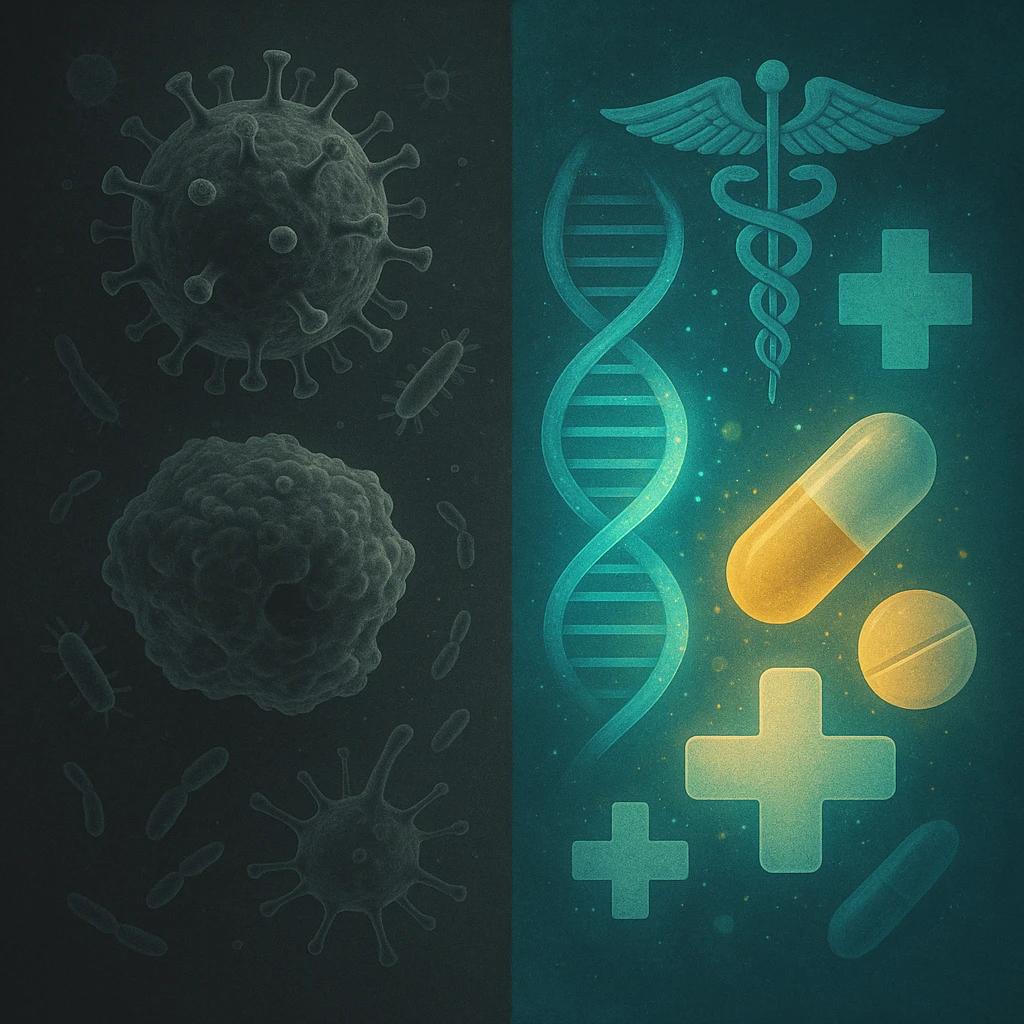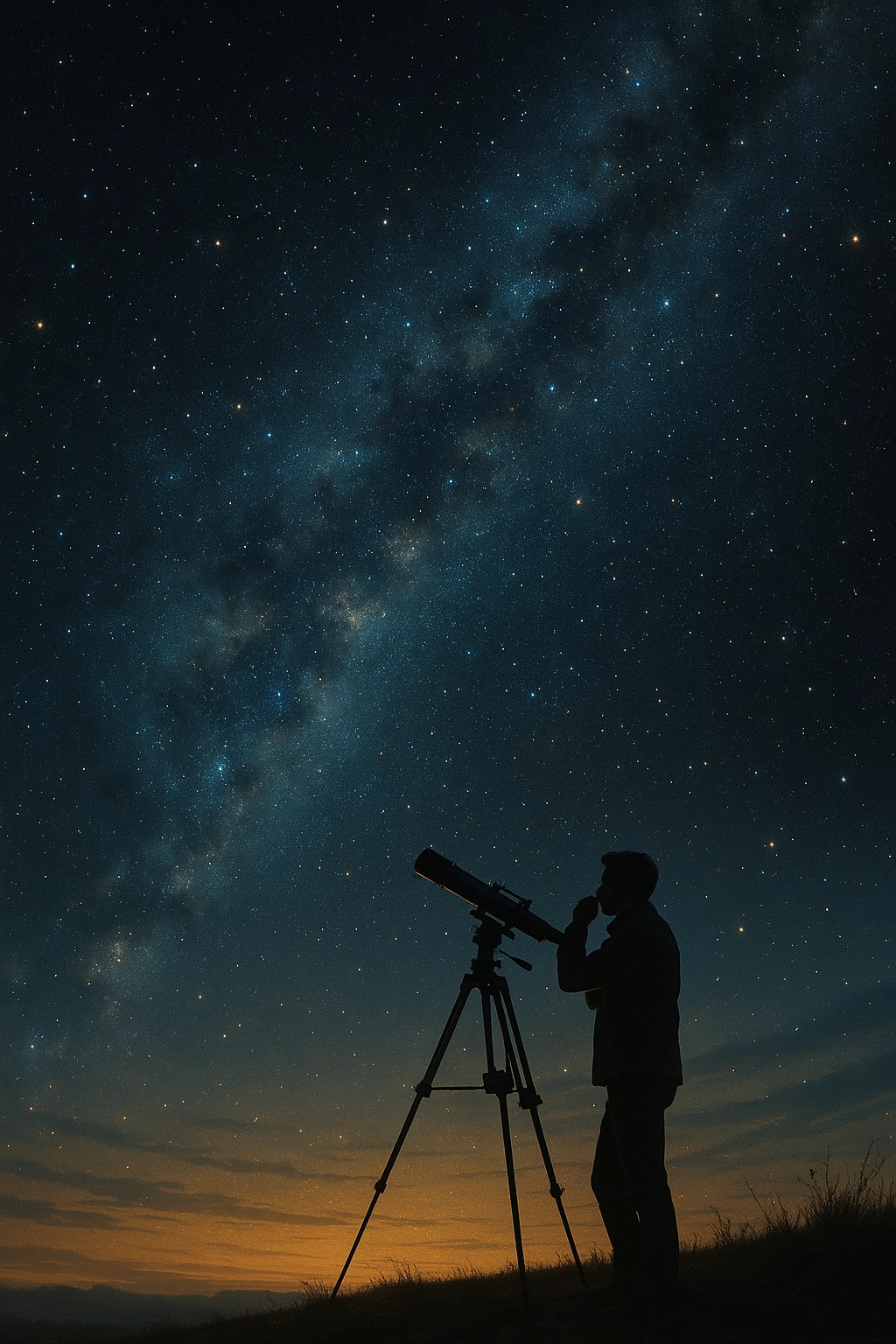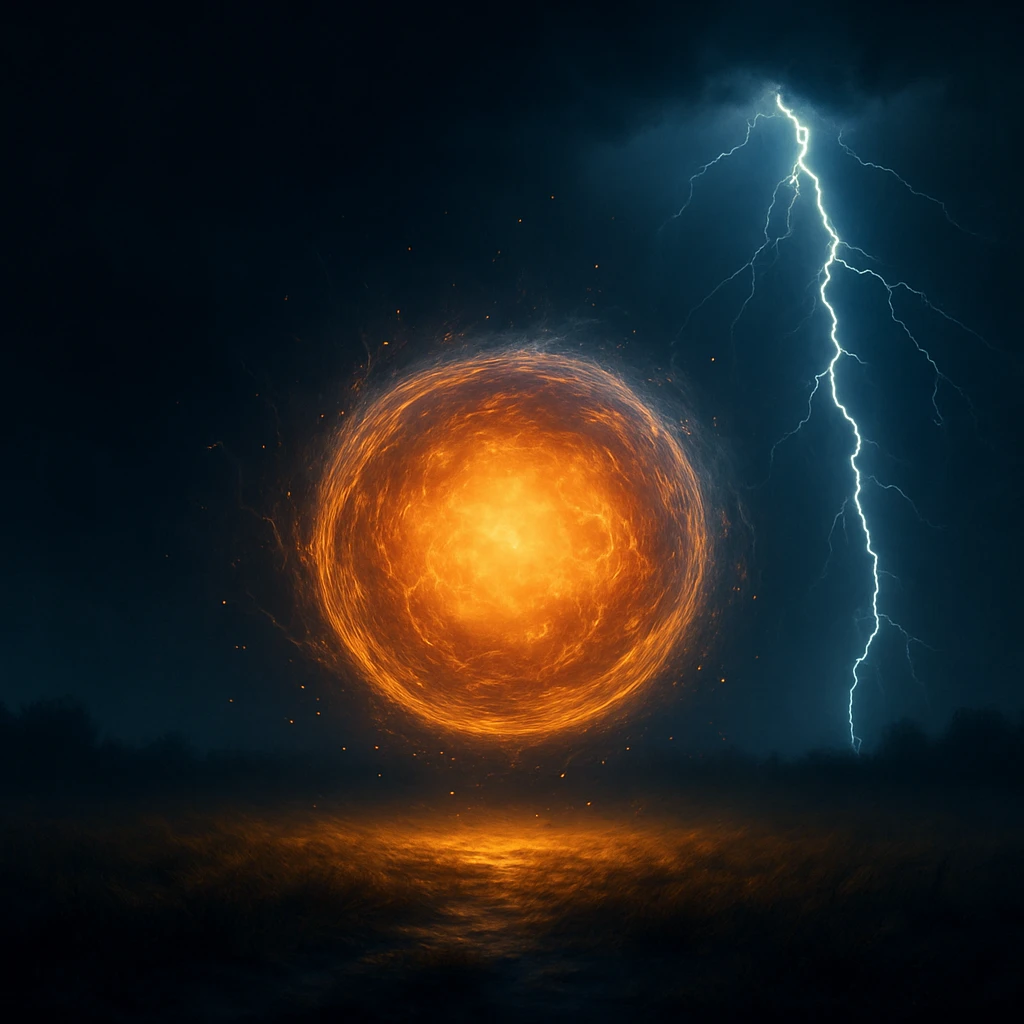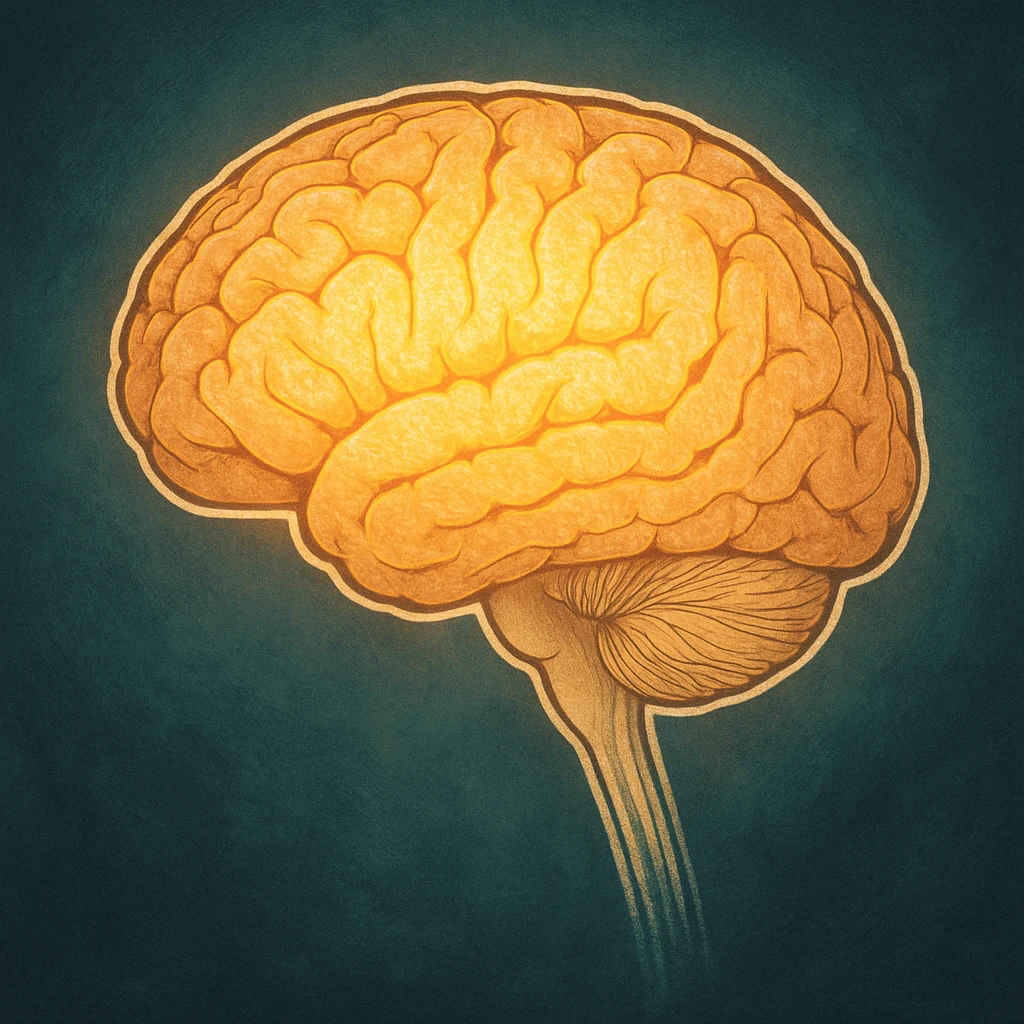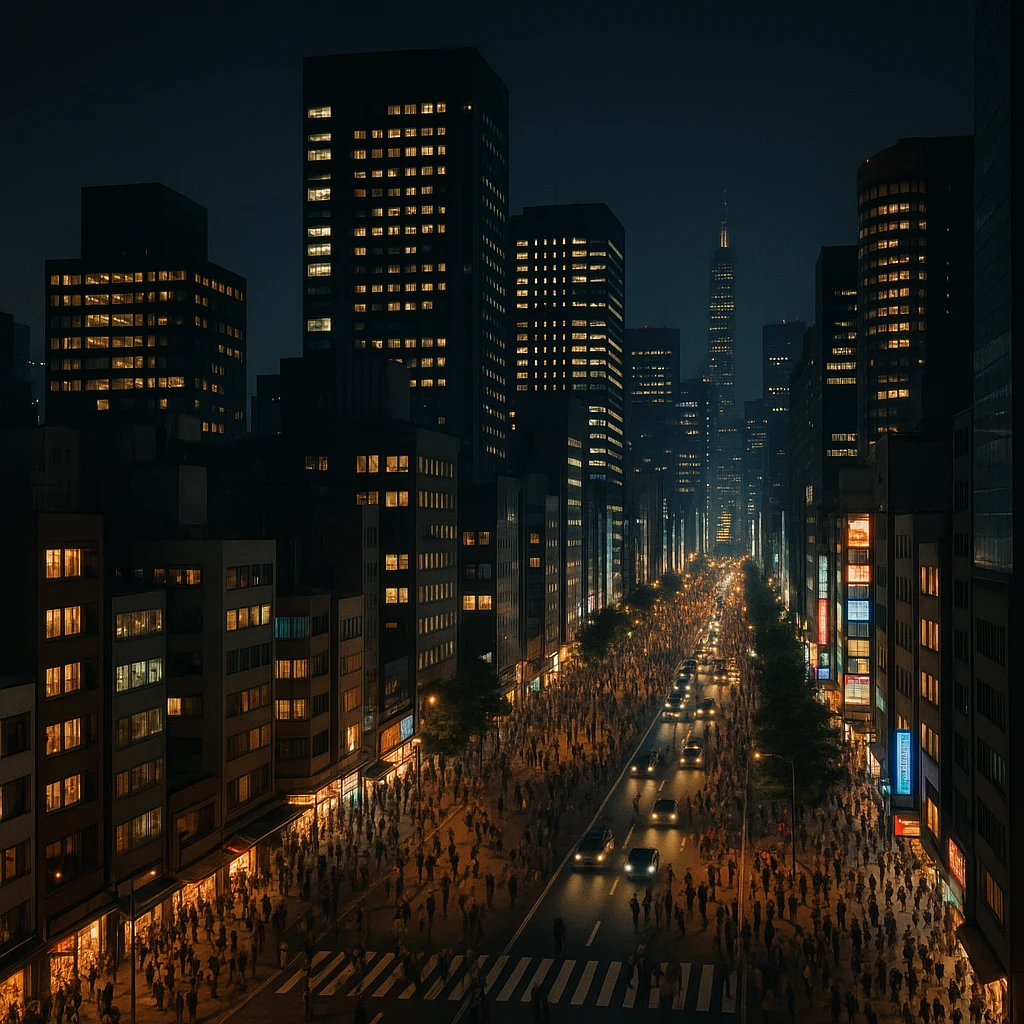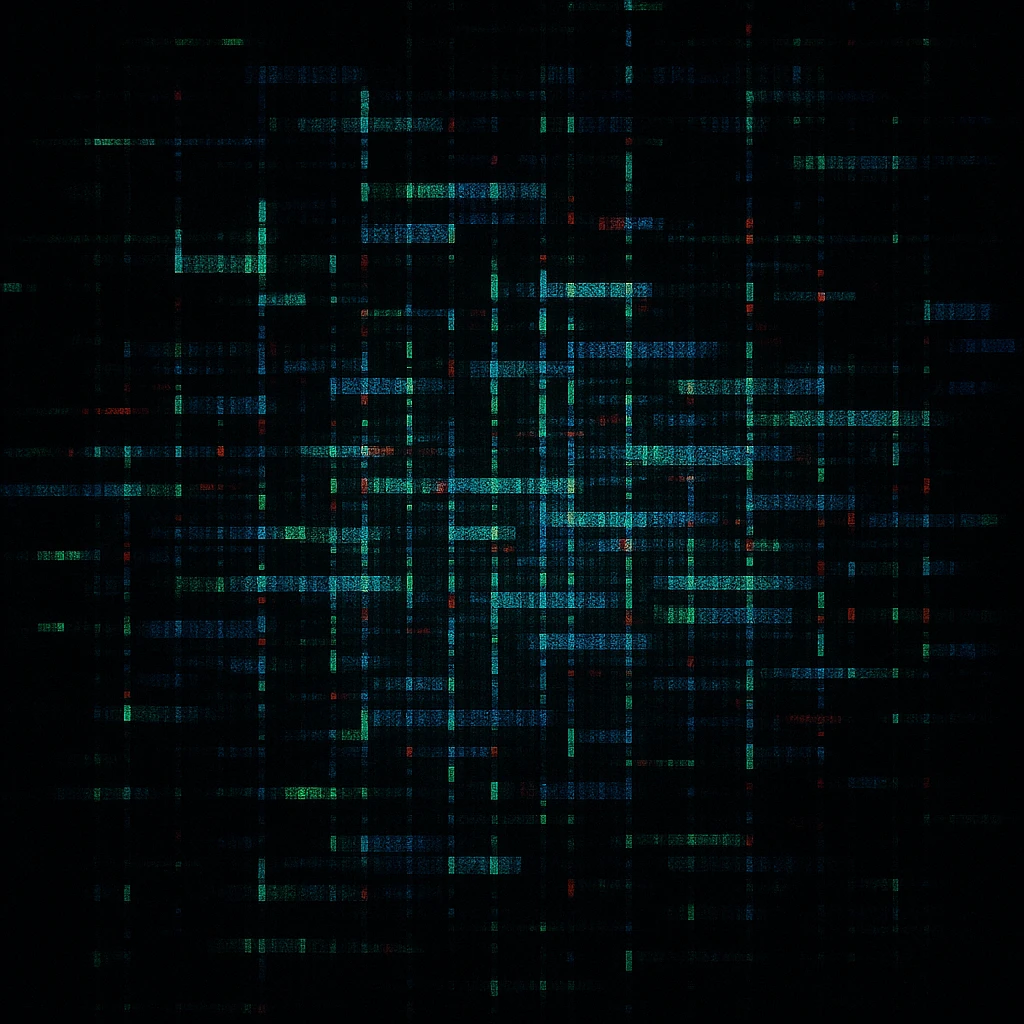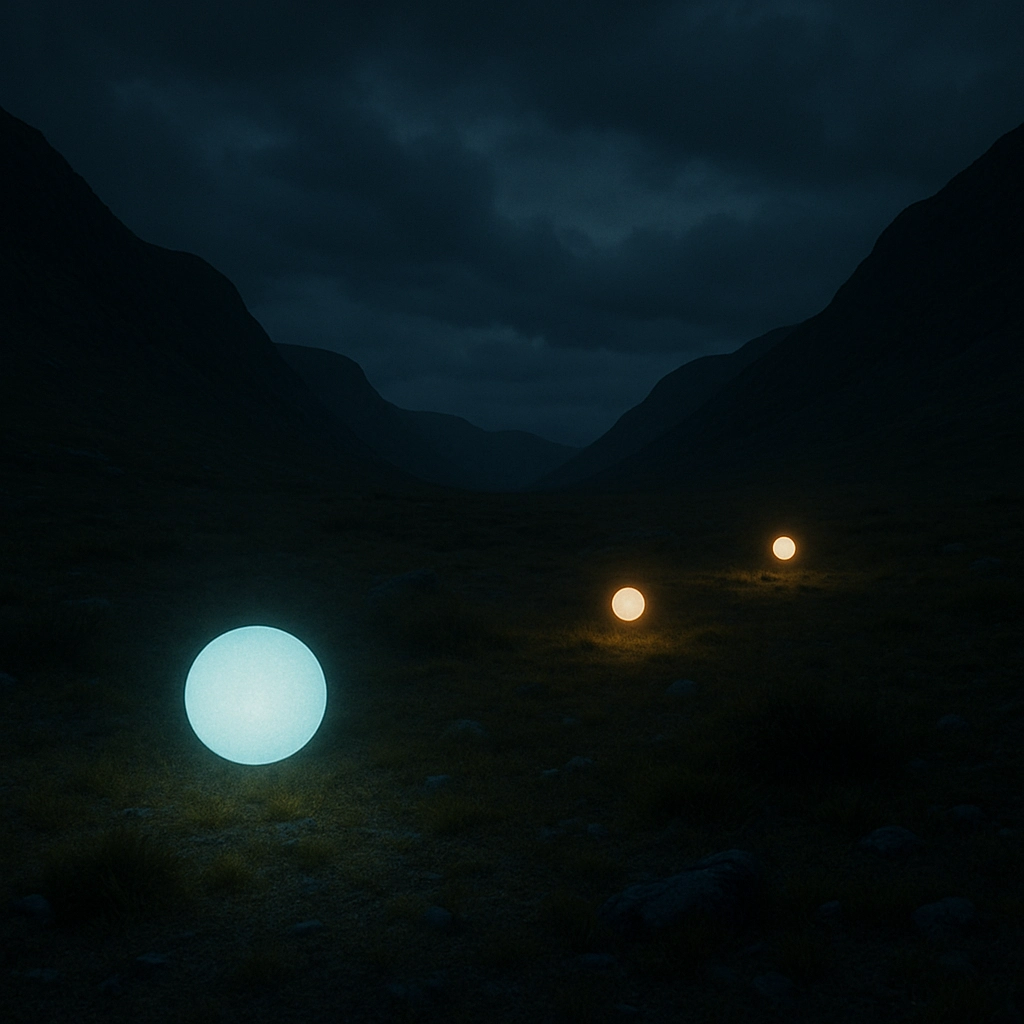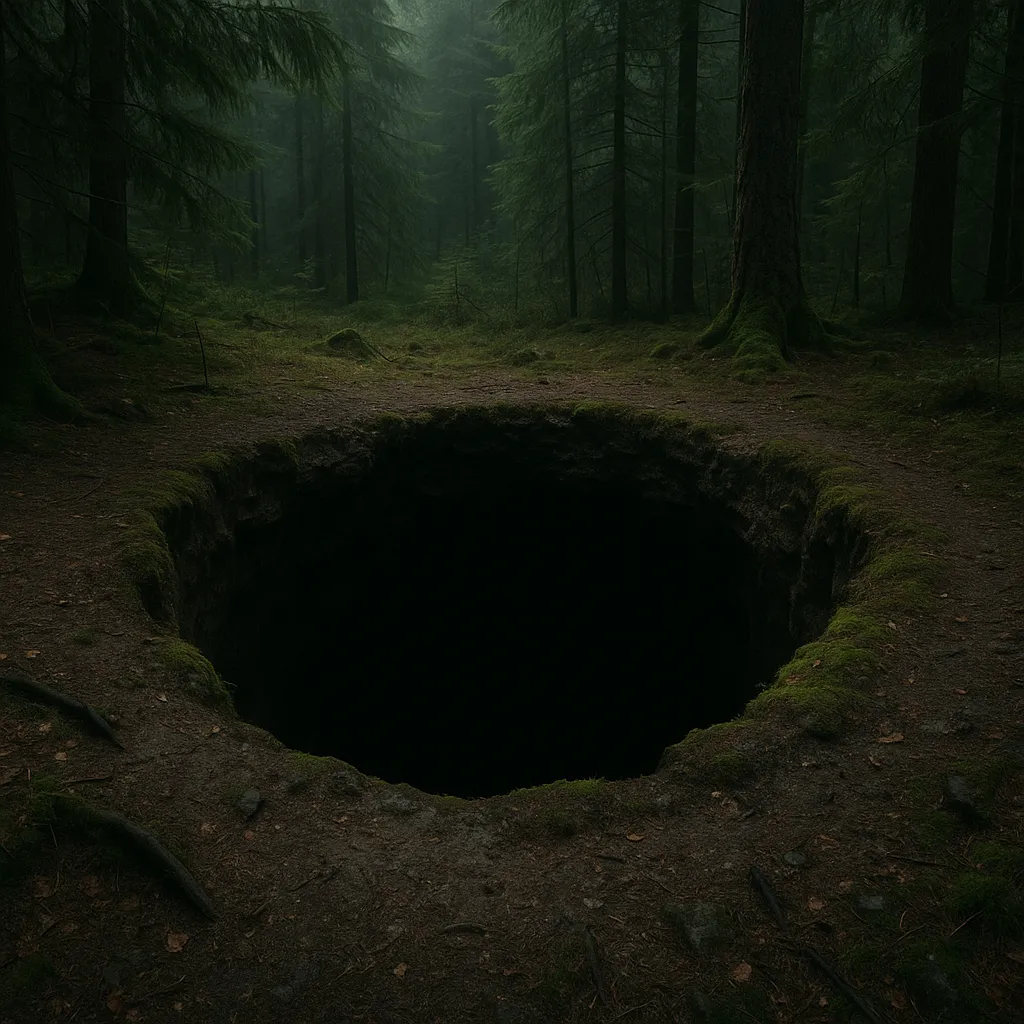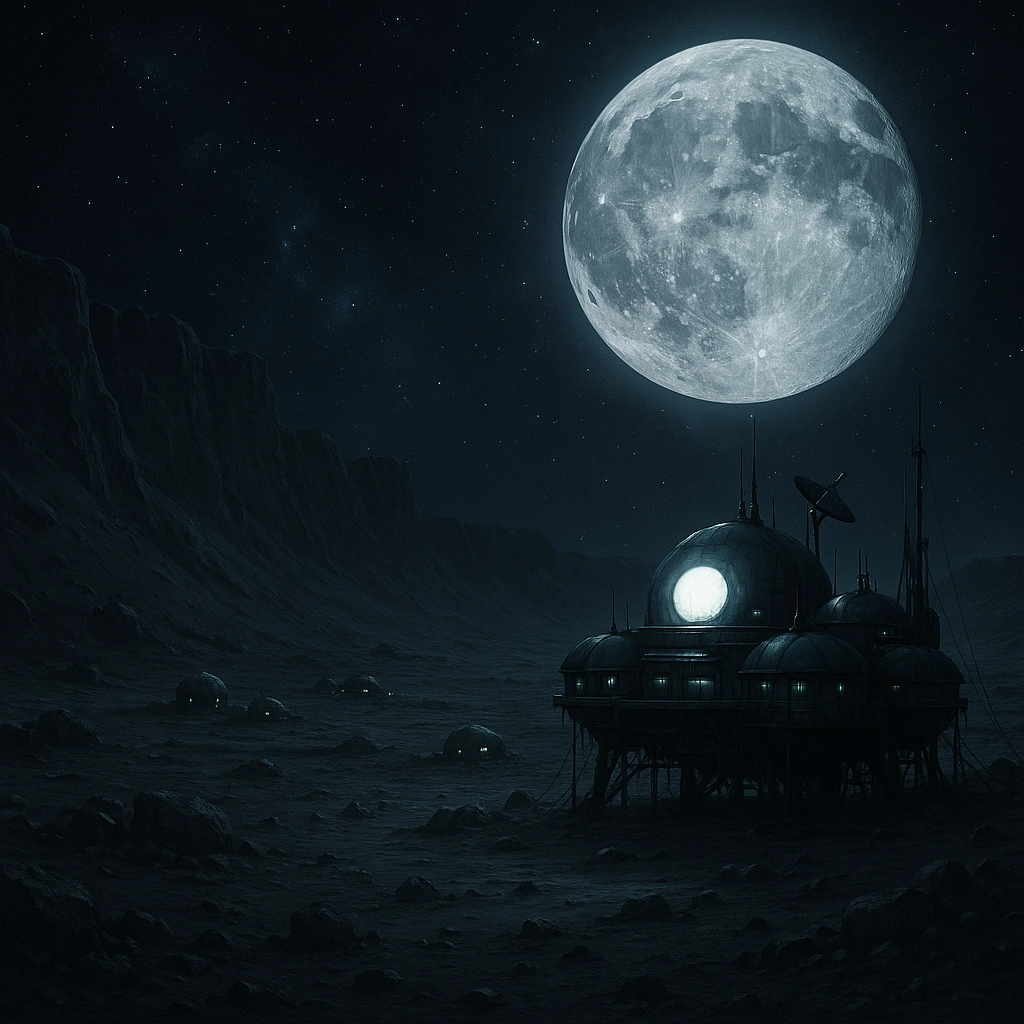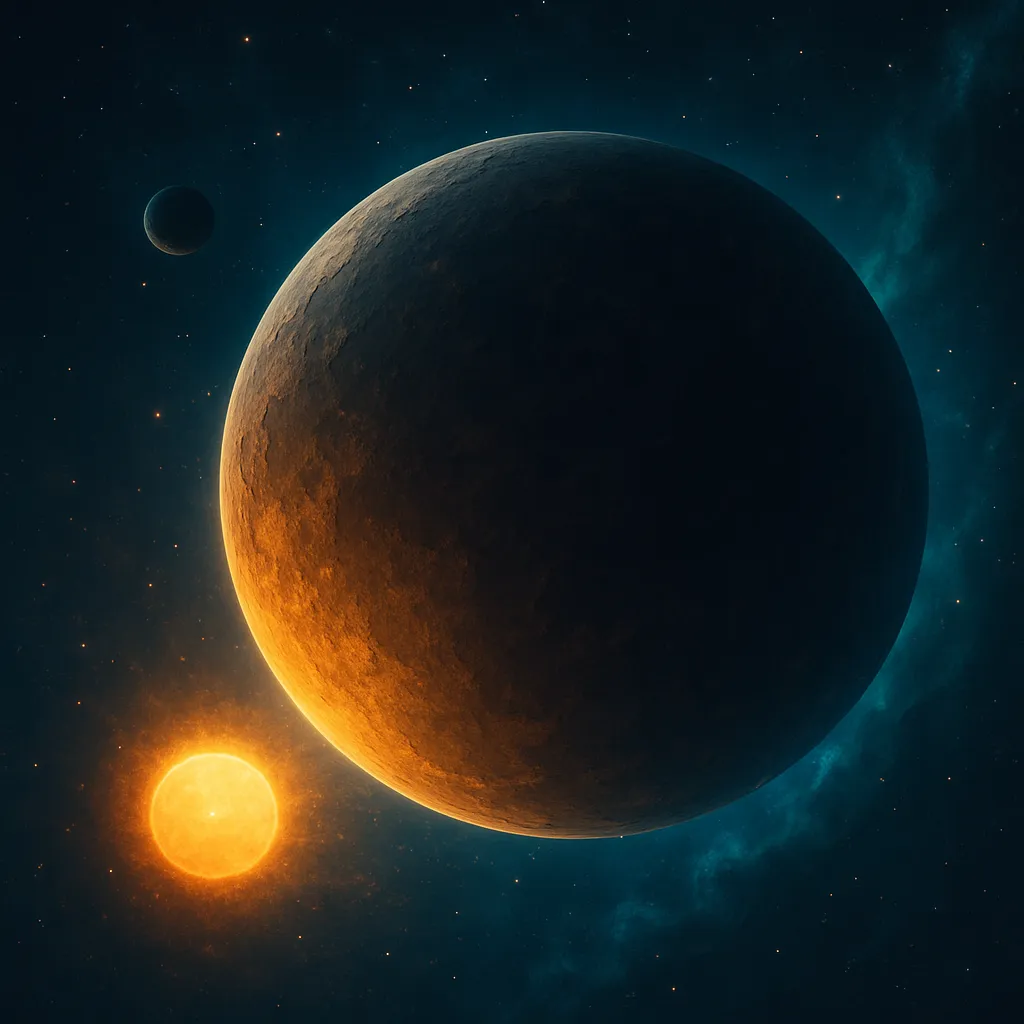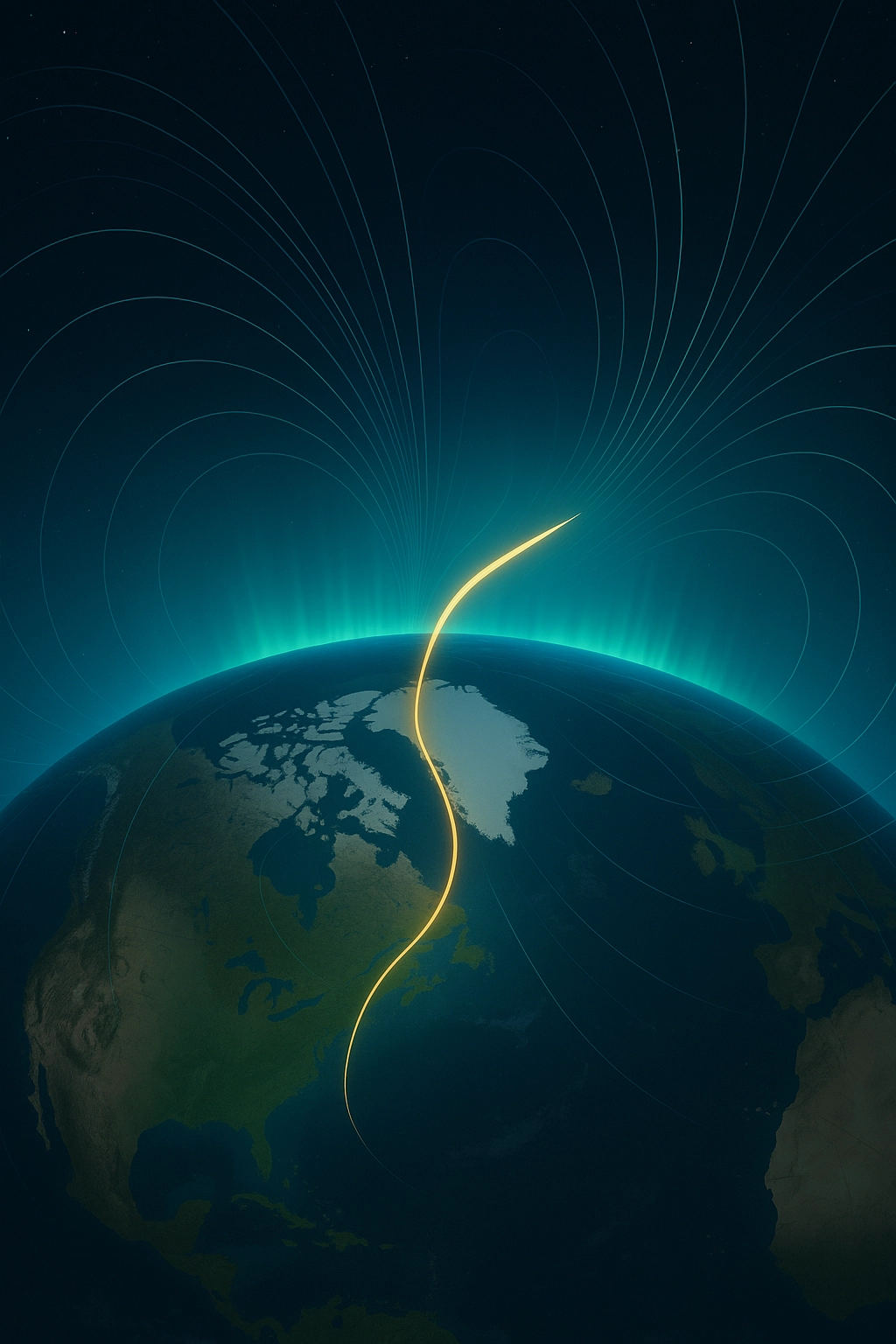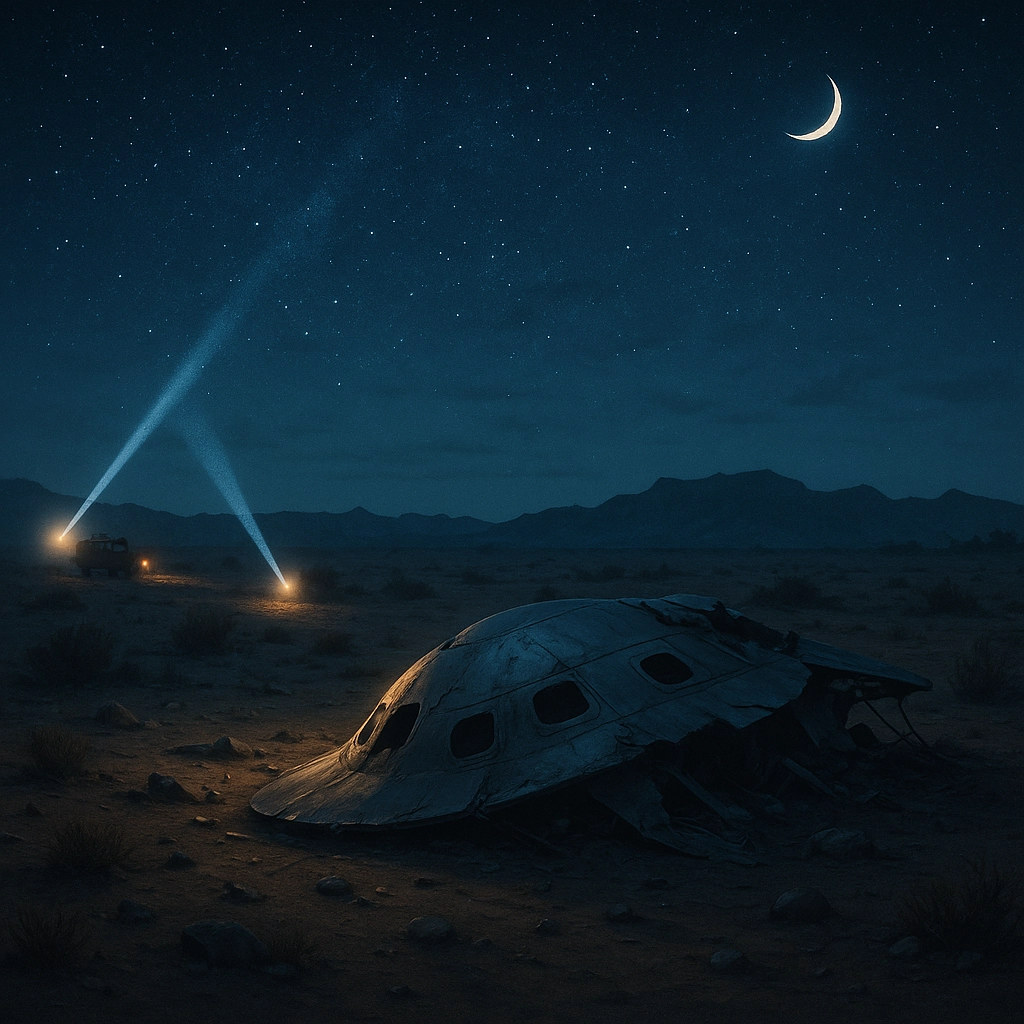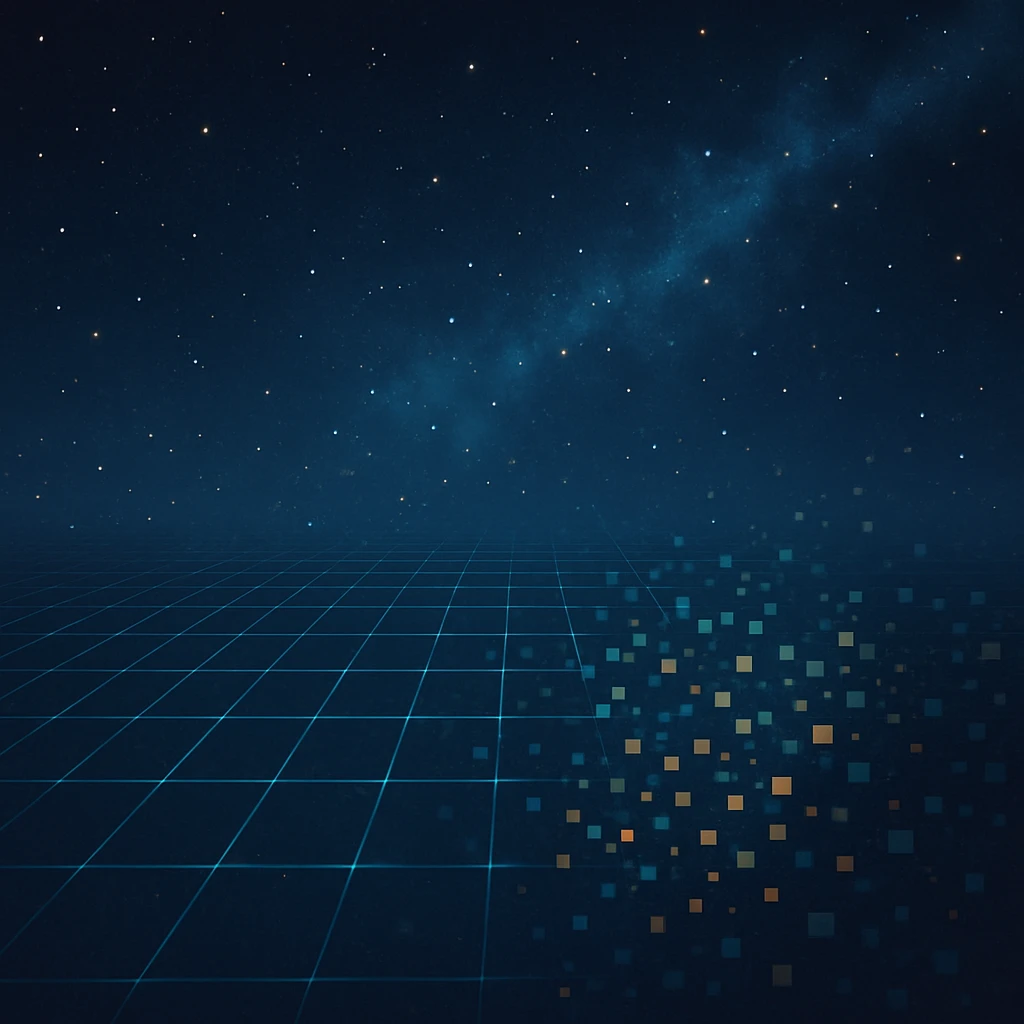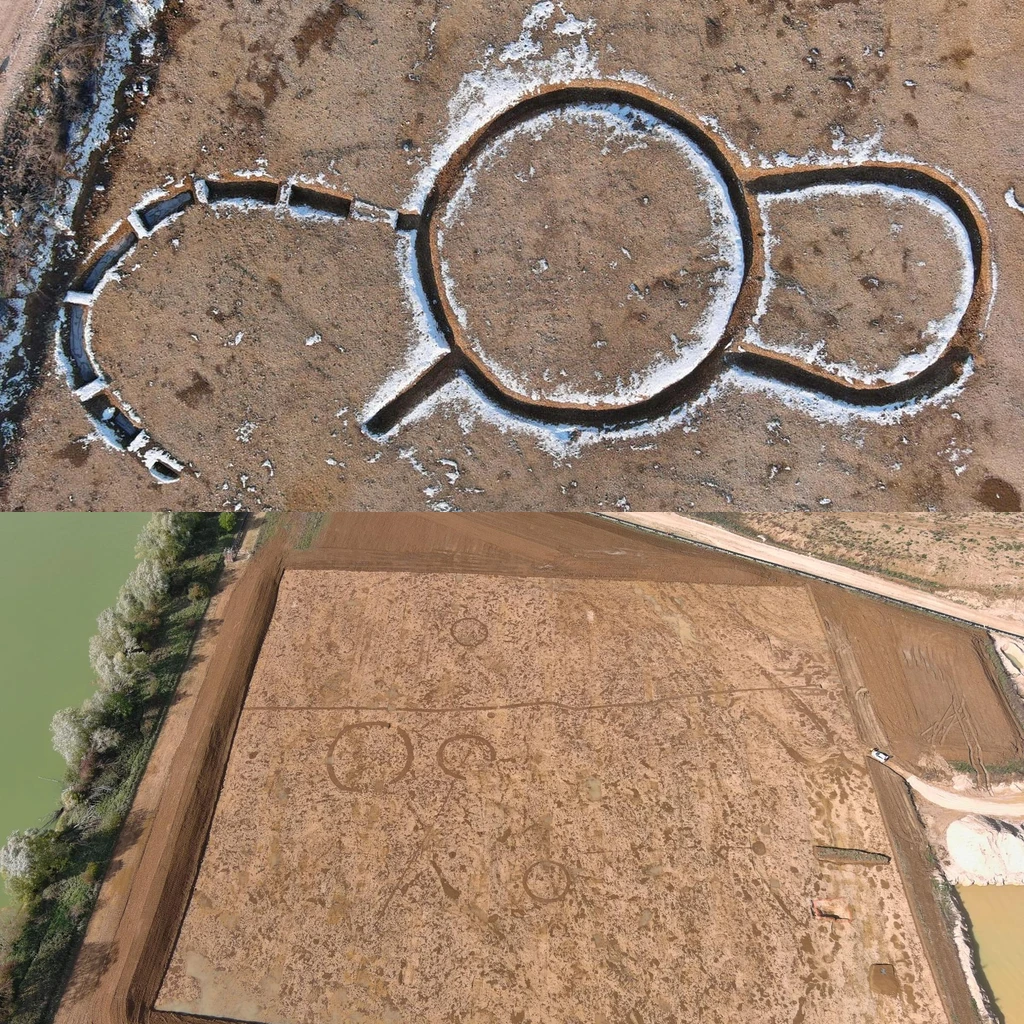What If We Lived on Mars?
Quick Answer: Living on Mars would mean adapting to low gravity, thin air, and high radiation levels. Colonists - even those backed by Elon Musk's SpaceX - would need to master habitat construction, grow food in sealed greenhouses, and build social structures that can survive isolation. Daily life would be a blend of high tech and old fashioned teamwork.
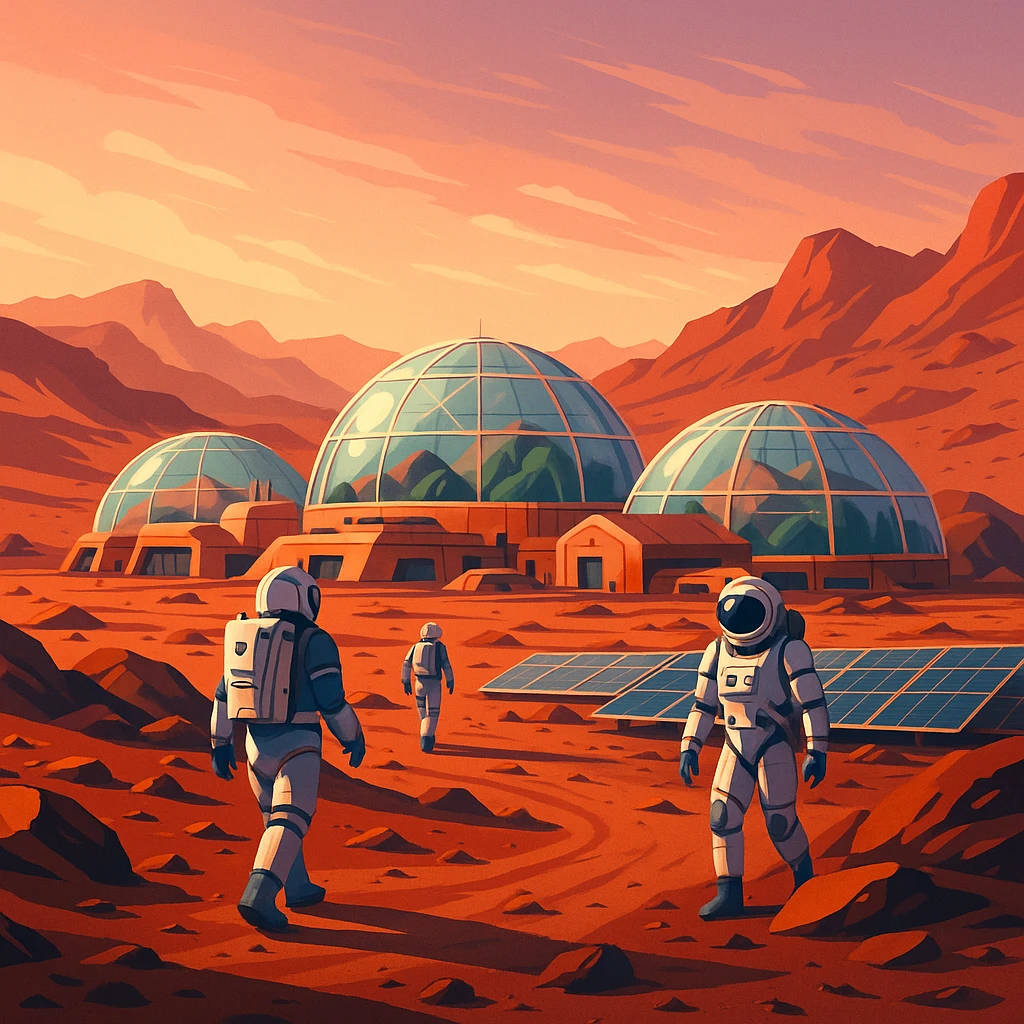
The Premise
What if humans left Earth and built permanent homes on Mars? It would mark the beginning of a multi-planet species. Settlements would rely on sealed, pressurized habitats where every breath of air and drop of water must be produced and recycled. These environments would not just shelter humans, but simulate an entire living system in miniature.
Early colonies would likely be small and modular-clusters of research stations connected by tunnels, operating with minimal personnel and heavy dependence on Earth resupply. Over time, these outposts could expand into larger self-contained ecosystems, with greenhouses, living quarters, storage units, and laboratories forming the backbone of Martian life.
Solar farms and compact nuclear reactors would power the settlements, ensuring energy is available during long dust storms that can block sunlight for weeks. Robots and drones would handle many outside tasks, including infrastructure repair, mineral extraction, and terrain mapping, sparing humans from unnecessary exposure to the harsh environment.
As technology advances, Mars outposts might evolve into true cities beneath protective domes or carved into cliffs and lava tubes. These urban habitats would need artificial weather systems, medical centers, schools, and cultural spaces-all adapted to a low-gravity world with limited resources. Mars would no longer be a place to visit, but a place to live.
This raises big questions: Who would govern these communities? Would they remain under Earth-based control, or form new societies with their own laws and identities? Mars colonization could change how we define nations, borders, and even what it means to be human.
The Science and Speculation
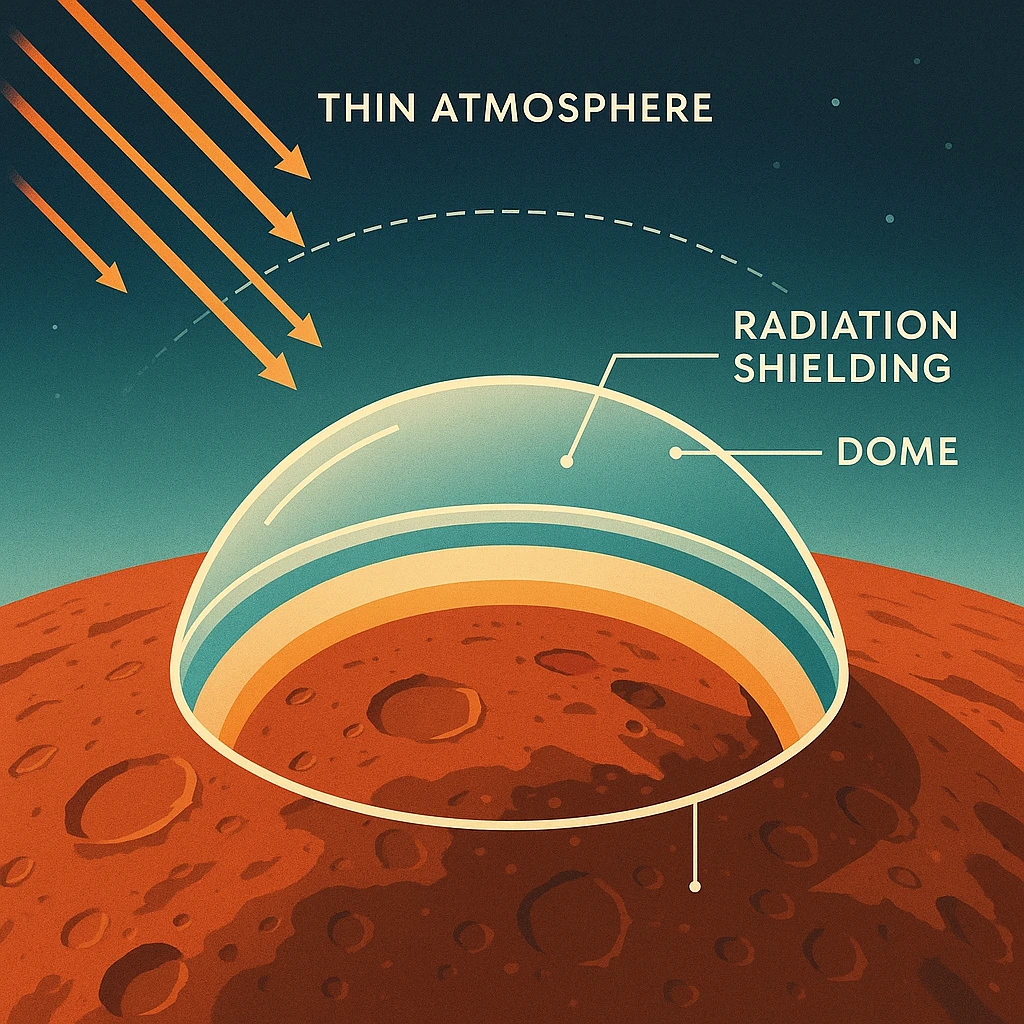
Mars has only 38 percent of Earth's gravity, which poses major physiological risks for long-term settlers. Studies on the International Space Station show that reduced gravity leads to muscle atrophy, bone demineralization, and cardiovascular strain. Unless artificial gravity is developed, colonists may require strict exercise regimens, pharmaceuticals, or even gene therapies to retain physical health.
The Martian atmosphere is over 95 percent carbon dioxide with only trace amounts of oxygen, and its pressure is less than 1% of Earth's. This means that stepping outside without a pressurized suit would cause rapid suffocation and blood vaporization. Life support systems will need to generate breathable air from local resources using methods like MOXIE, a prototype oxygen extractor tested on NASA's Perseverance rover.
Radiation exposure is one of the greatest threats. Without a global magnetic field or thick atmosphere, Mars is constantly bombarded by solar particles and galactic cosmic rays. Habitats must include radiation shielding-either through regolith-covered domes, water walls, or building structures inside lava tubes. Some researchers propose using hydrogen-rich plastics or magnetic field generators to repel incoming radiation.
Speculative strategies include pharmaceutical adaptogens that enhance cellular repair, as well as editing the human genome to resist radiation or thrive in low-oxygen environments. While still theoretical, such enhancements may one day define a new breed of human specifically adapted to extraterrestrial life.
Thermal regulation is another hurdle. With temperatures plunging below -100 degrees C at night, insulation and heat retention will be vital. Buildings must conserve warmth while staying energy-efficient. Solar panels work better on Mars than on deeper planets, but storage and redundancy are crucial due to frequent dust storms that can last weeks and block sunlight.
All of this underscores the reality: surviving on Mars isn't just an engineering problem-it's a biological one too. Each system must interlock in a delicate chain: from oxygen and food production to physical protection and mental resilience. Without solving every link, human life on Mars remains theoretical.
Possible Consequences
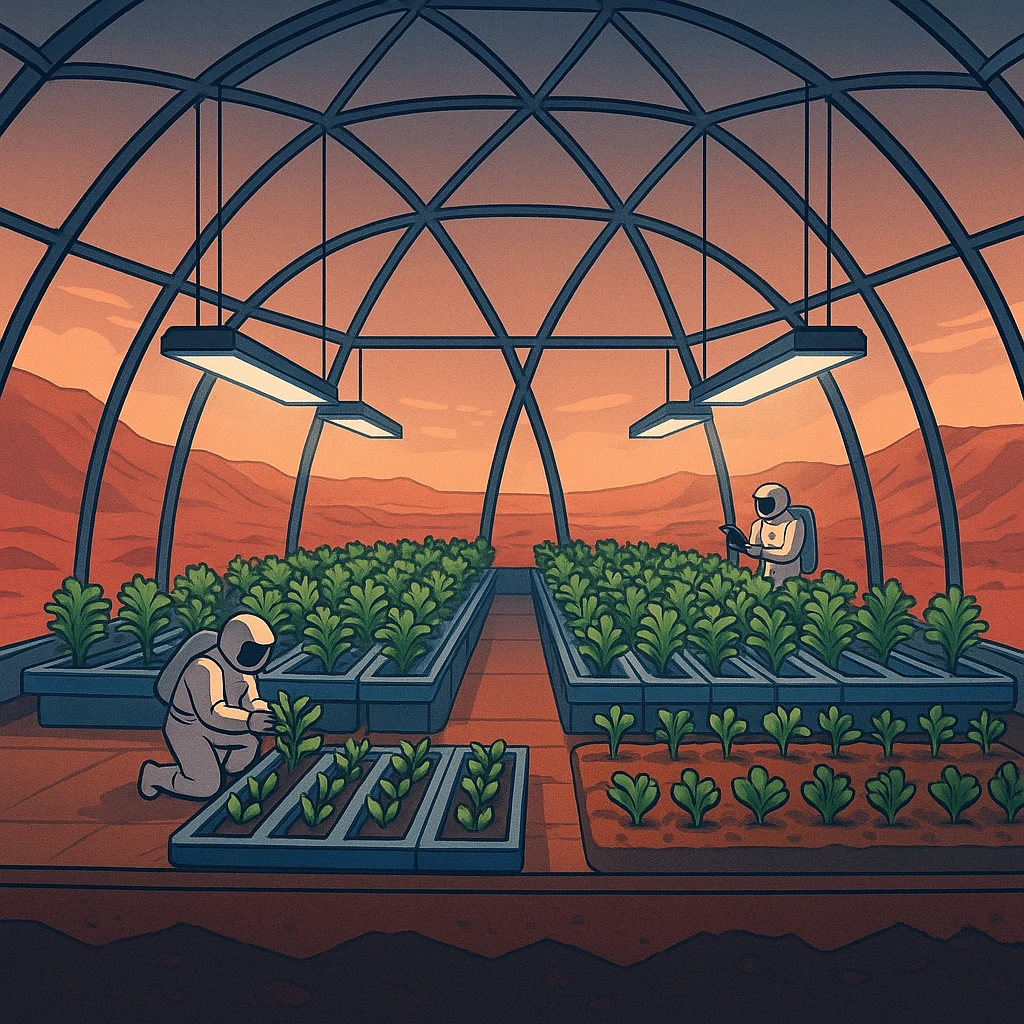
- Air and water: Colonists would extract oxygen from the soil and melt ice for drinking water, creating closed loops to avoid waste.
- Radiation risk: Surface dwellers would need domes with metal or regolith layers, or live in caves and lava tubes for protection.
- Social life: Small teams must maintain mental health, so recreation, art, and virtual communication with Earth will be critical.
- Economy: Mining Martian resources like water ice, minerals, and helium-3 could fuel a new space economy.
- Environment: Terraforming ideas include releasing greenhouse gases to warm the planet, but this could take centuries and carry unpredictable risks.
In Pop Culture
Stories like "The Martian" movie and books such as "Red Mars" explore the drama of colonization. Video games like "Surviving Mars" let players build their own domed cities. Real time streams of SpaceX launches keep fans dreaming of next stop Mars.
Expert Take

"Mars colonization depends on closed-loop life support," says Dr Elena Ruiz, astrobiologist at the Mars Research Institute. "We must perfect air and water recycling on Earth before trusting it on Mars. Robotics will lay the groundwork, but human teams must adapt their bodies and minds to a harsh new world."
According to Dr Ruiz, long-term missions on Mars will require a self-sustaining habitat that mimics Earth's ecological balance. This means developing bio-regenerative systems that recycle waste, grow food, and produce breathable air-within airtight structures shielded from radiation and extreme cold.
"It's not just about surviving," she explains, "it's about thriving in an environment that pushes every limit of human physiology and psychology. We'll need interdisciplinary teams-engineers, biologists, psychologists-all trained for autonomy under pressure." She adds that current experiments in analog Mars habitats, like HI-SEAS in Hawaii or BIOS-3 in Russia, are essential trial runs for the complexity ahead.
Ultimately, Ruiz emphasizes, "Mars will change us. Colonists won't just be visitors-they'll be the architects of a new planetary society."
Skygaze Twist
What if we discover living microbes beneath the Martian surface? A find like that could force us to rethink our colonization plans. Would we quarantine our habitats, or share the planet with native life? The ethical and legal stakes would be enormous.




